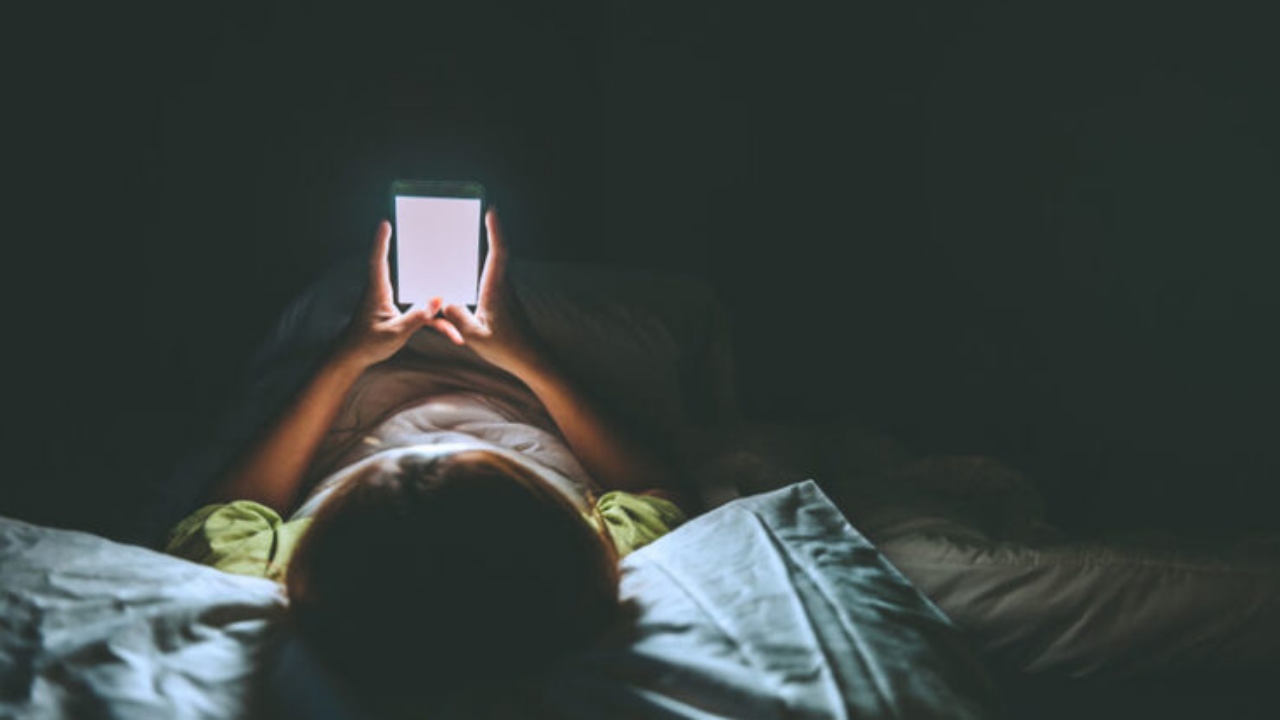

The use of mobile phones or tablets can harm the quality of life of teenagers and adults
A new study explained why using your phone before bed is not good for your health. Most people don’t put down their phones even when they get into bed. The habit is automatic, but it’s not ideal for a good quality of life.
A survey of 45,202 young adults in Norway found that using a mobile phone or tablet in bed increases the risk of insomnia by 59% and reduces sleep time by 24 minutes.
Dr. Gunnhild Johnsen Hjetland from the Norwegian Institute of Public Health, the lead author of the article in *Frontiers in Psychiatry*, spoke about the study.
“The type of screen activity doesn’t seem to matter as much as the total time spent using screens in bed.”
“We found no significant differences between social media and other screen activities, suggesting that screen use itself is the key factor in disrupting sleep — probably due to the displacement of time, where screen use delays sleep by taking up time that would otherwise be spent resting,” she explained.
A press release also explained how screen use negatively impacts a person’s sleep. “Notifications disturb sleep, screen time replaces sleep time, screen activities keep you awake, so it takes longer to fall asleep, or light exposure delays circadian rhythms,” it said.
Furthermore, Hjetland also emphasized that in addition to reducing nighttime screen time for young people, attention should also be given to adults, who are also at risk of harming their sleep by using mobile phones or other devices before bed.
“Sleep problems are highly prevalent among students and have significant implications for mental health, academic performance, and overall well-being, but previous studies have primarily focused on teenagers,” continued Dr. Hjetland.
“Given the widespread use of screens in bed, we sought to explore the relationship between different screen activities and sleep patterns. We expected that social media use might be more strongly associated with worse sleep, given its interactive nature and potential for emotional stimulation,” she concluded.
Photos: Disclosure. This content was created with the help of AI and reviewed by the editorial team.


